Rising Incidence of Cancer
The Brachytherapy Market Industry is significantly influenced by the rising incidence of cancer worldwide. According to recent statistics, cancer cases are expected to increase, with projections indicating that nearly 30 million new cases may be diagnosed annually by 2040. This alarming trend is driving the demand for effective treatment modalities, including brachytherapy, which is particularly effective for localized cancers such as prostate and cervical cancer. The increasing prevalence of cancer is prompting healthcare providers to seek innovative and efficient treatment options, thereby bolstering the growth of the brachytherapy market. As more patients are diagnosed, the need for advanced therapeutic solutions becomes increasingly critical.
Increased Awareness and Education
The Brachytherapy Market Industry is benefiting from increased awareness and education regarding cancer treatment options. Healthcare professionals and patients are becoming more informed about the advantages of brachytherapy, including its effectiveness and reduced side effects compared to traditional external beam radiation therapy. Educational initiatives and campaigns are being launched to disseminate information about the benefits of brachytherapy, which is likely to enhance patient acceptance and demand. As awareness grows, more patients are likely to opt for brachytherapy as a viable treatment option, contributing to the market's expansion. This trend is expected to continue, with educational efforts playing a pivotal role in shaping patient choices.
Government Initiatives and Funding
The Brachytherapy Market Industry is also being propelled by various government initiatives and funding aimed at improving cancer treatment infrastructure. Governments are increasingly recognizing the importance of advanced cancer therapies, including brachytherapy, and are allocating resources to support research and development in this field. Funding for clinical trials and the establishment of specialized cancer treatment centers are becoming more prevalent, which is likely to enhance the accessibility and affordability of brachytherapy. Such initiatives not only promote innovation but also encourage healthcare providers to adopt brachytherapy as a standard treatment option, thereby driving market growth. The commitment of governments to improve cancer care is a crucial factor in the industry's expansion.
Aging Population and Healthcare Demand
The Brachytherapy Market Industry is significantly impacted by the aging population, which is associated with a higher incidence of cancer. As the global population ages, the demand for effective cancer treatments is expected to rise. Older adults are more susceptible to various types of cancer, necessitating the need for advanced therapeutic options like brachytherapy. This demographic shift is prompting healthcare systems to adapt and expand their cancer treatment capabilities. The increasing number of elderly patients seeking treatment is likely to drive the growth of the brachytherapy market, as healthcare providers look to implement effective and less invasive treatment modalities. The intersection of an aging population and rising healthcare demand presents a substantial opportunity for the brachytherapy market.
Technological Advancements in Brachytherapy
The Brachytherapy Market Industry is experiencing a notable transformation due to rapid technological advancements. Innovations such as high-dose-rate (HDR) brachytherapy and image-guided brachytherapy are enhancing treatment precision and patient outcomes. These technologies allow for more targeted radiation delivery, minimizing damage to surrounding healthy tissues. The integration of advanced imaging techniques, such as MRI and CT scans, further supports accurate tumor localization, which is crucial for effective treatment. As a result, the market is projected to grow significantly, with estimates suggesting a compound annual growth rate (CAGR) of over 5% in the coming years. This growth is indicative of the increasing adoption of these advanced technologies in clinical settings.
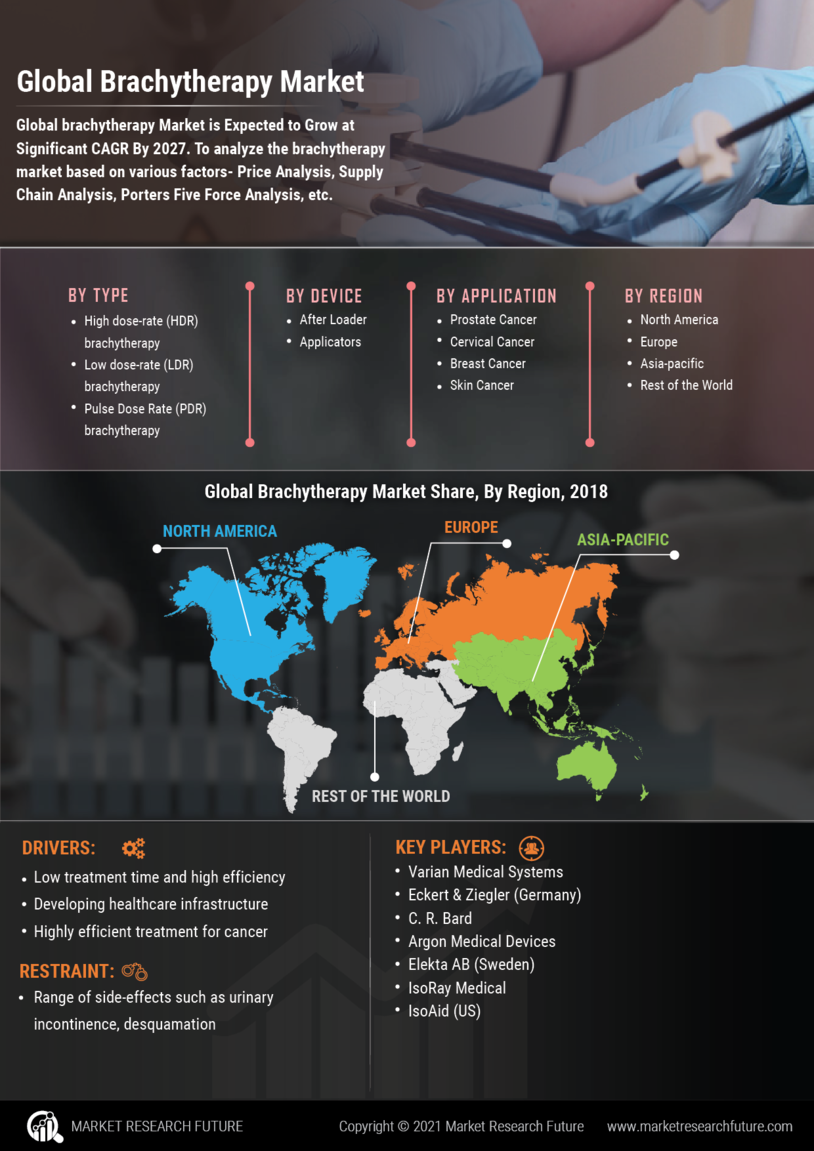

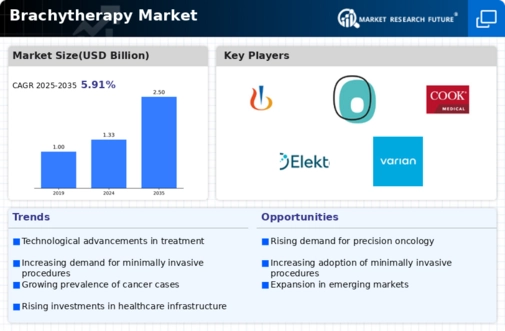
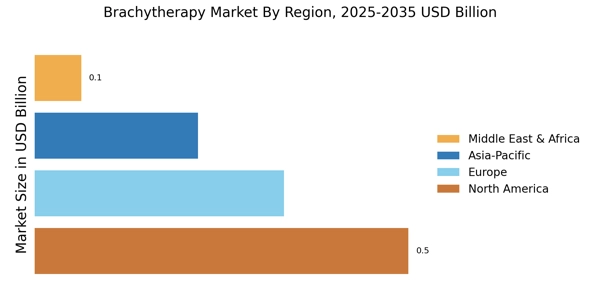

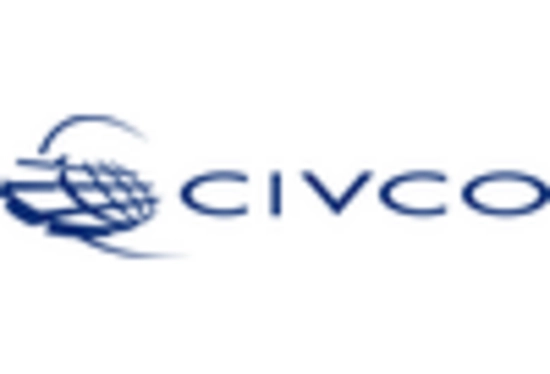
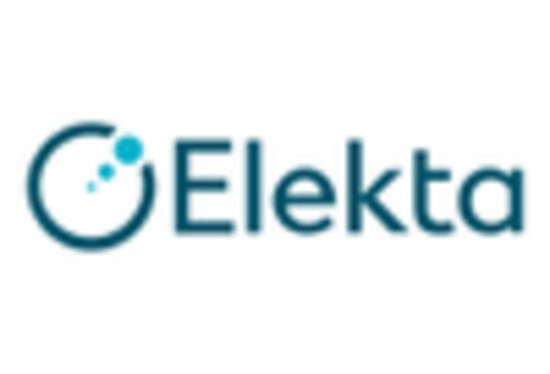
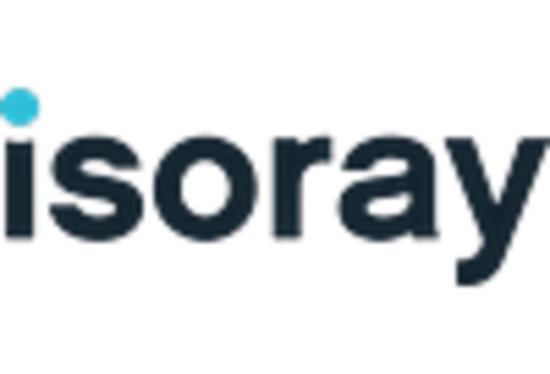

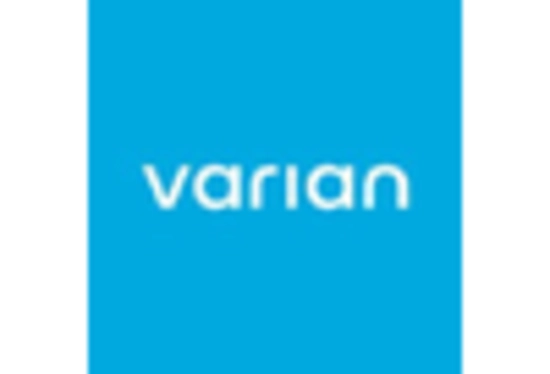








Leave a Comment